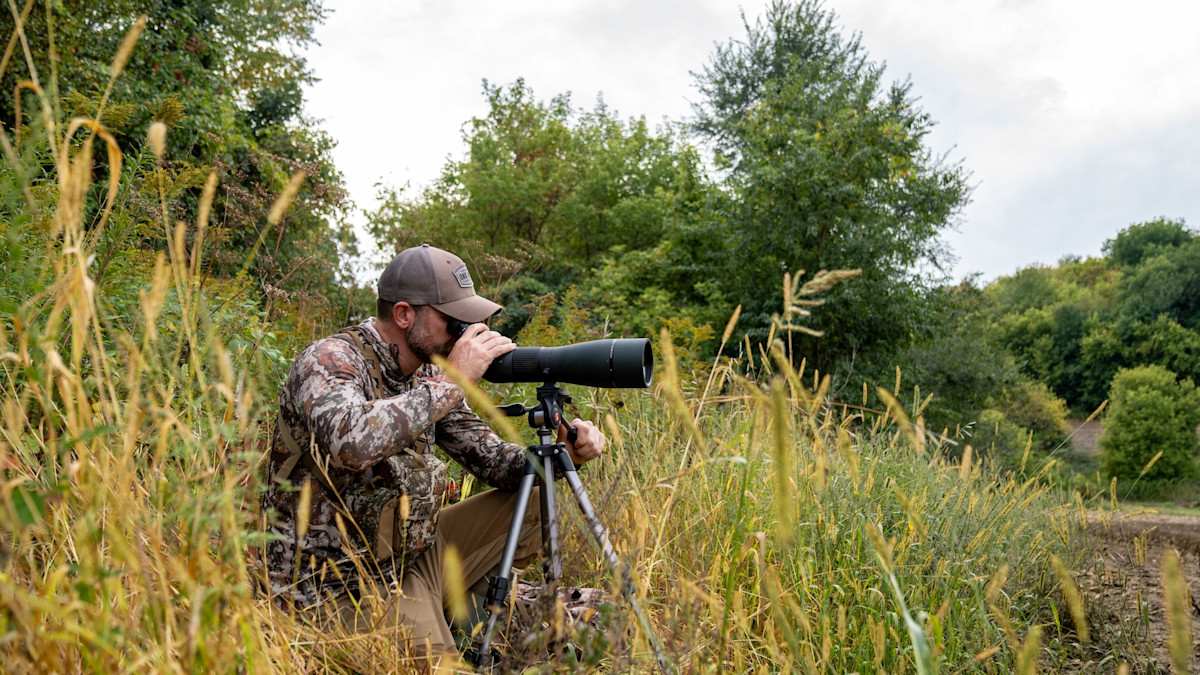
Large blocks of public land appeal to me. There’s something remote, almost mythical about them. The cool thing about these places is that it feels like deer can come from anywhere at any time. Personally, that gives me more confidence in a spot. Often, these places require more walking, which tends to weed out some of the competition.
I’m also drawn to places where I know I have room to roam, and I almost always start e-scouting with the biggest tracts I can find. While much of those large blocks aren’t necessarily huntable, you can certainly find the sweet spots with a little work.
Scouting the big woods or even big chunks of land might seem intimidating, but they’re not that different from hunting smaller properties. You just have to sort through the areas that deserve your time and blow past the ones that don’t. Like small properties, you just need to find the x. Here are a few ways to break down large tracts of public land this deer season.
E-Scout Edges
Unless you’re still using physical maps in 2025, you’ll need to start with onX or another digital mapping platform to find large chunks of public land. From there, you can use features like onX’s Leaf-off Imagery to find hard or soft edges in the timber. Because deer use edges to navigate the landscape, you’ll want to start your scouting there.
For a refresher, edges occur where two or more terrain or habitat types meet. This might include a ridge that dumps into a hardwood bottom or where the edge of a slough meets open timber. In other words, it’s where some kind of change happens on the landscape.
For instance, maybe you locate a staging area where bedding meets a more mature patch of timber. Mark this spot on your map to further inspect later. You’ll want to mark as many of these spots as possible, since only a few of them will actually produce. Once you feel like you’ve dropped enough waypoints, you’ll want to get some boots on the ground.
Speed Scout
The key to scouting large tracts of land is efficiency. You’ll never cover enough ground if you don’t skim through the desert areas. A lot of those tracts, especially in the big woods or pine barrens, are dead zones. It’s not that deer won’t move through there, but good luck finding the exact place to hang a stand. Even if you spot a huge rub or scrape in the middle of the big woods, just make a mental note and keep moving. That kind of sign isn’t useless, but it won’t tell you where to hunt.
Instead, inspect all those edges and potential crossings you marked while e-scouting. If they have a lot of deer sign, then you can start to formulate a hunting plan. Otherwise, keep moving. This is the best way to maximize your scouting time. If you don’t, you’ll scout half the day before realizing that you didn’t cover nearly enough ground.
Find Anchor Points
Anchor points are critical for hunting large tracts of monotonous land. Essentially, anchor points are points of interest for deer on the landscape. These could be food plots, water holes, creeks, rivers, a single ridge, a slough, you name it. They are places on that landscape that attract deer either for cover, travel, food, or a combination of these.
Usually, anchor points stand out on the map. Sometimes they won’t. Regardless, they’ll typically have a lot of deer sign around them, which is relative depending on where you’re hunting. If you see a ton of tracks, droppings, or other deer sign, you’re getting warmer.
For instance, I hunt a lot of flat, monotonous habitat, so anytime there’s even a slight change in elevation, you can bet there’s deer sign on it. While scouting my way into a place, I once found a small rise that made a jetty into the timber. The end of that point had a huge community scrape with multiple broken branches. I set up for a hang and hunt that afternoon. Not an hour later, I had a buck cruise downwind of that scrape.
Scour Overlooked Areas
You might have to cover a ton of ground to find the right spot, but that doesn’t mean you shouldn’t inspect areas close to roads or access points. A lot of hunters will approach these large areas with the mentality that they have to get as far away as possible. If you ignore spots close to the road or access points, you could be walking past hot sign.
If you happen across a promising location, don’t dismiss it just because it’s close to the road or a parking area. Look for other hunter sign like you would for deer. Stands and cameras will be a dead giveaway, but also look for boot tracks, the makings of natural ground blinds, and (unfortunately) trash. If it’s obvious that other hunters have spent time there, move on. If nothing, you can always drop a camera there for more intel. Just make sure you cover as much ground as possible, even if it’s within eyesight of the truck.
Related
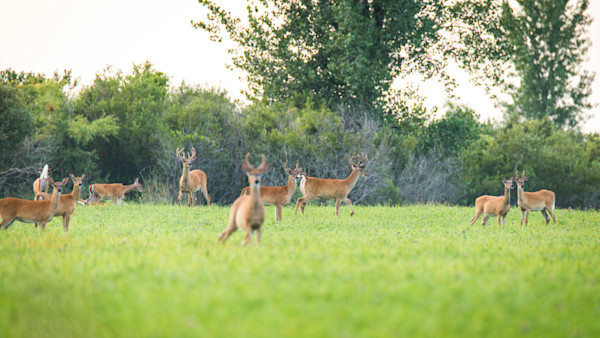
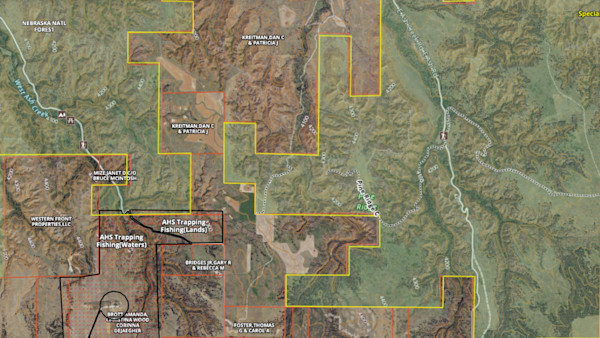
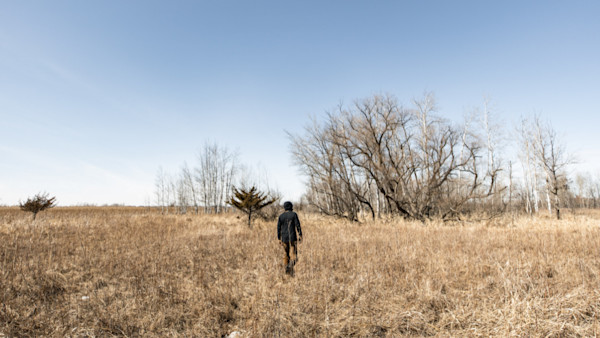
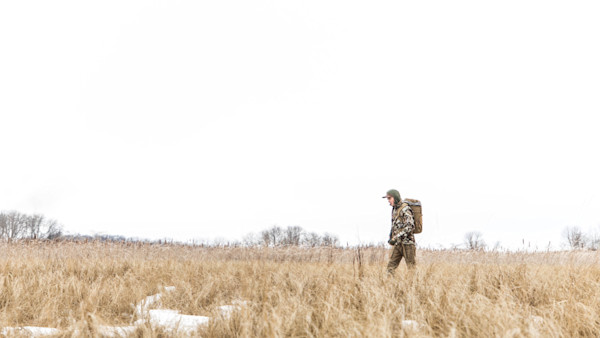
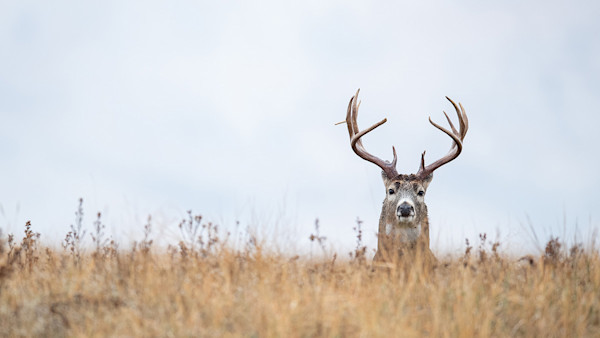
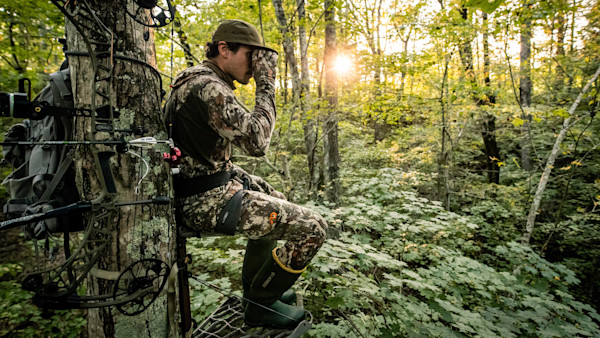

Conversation